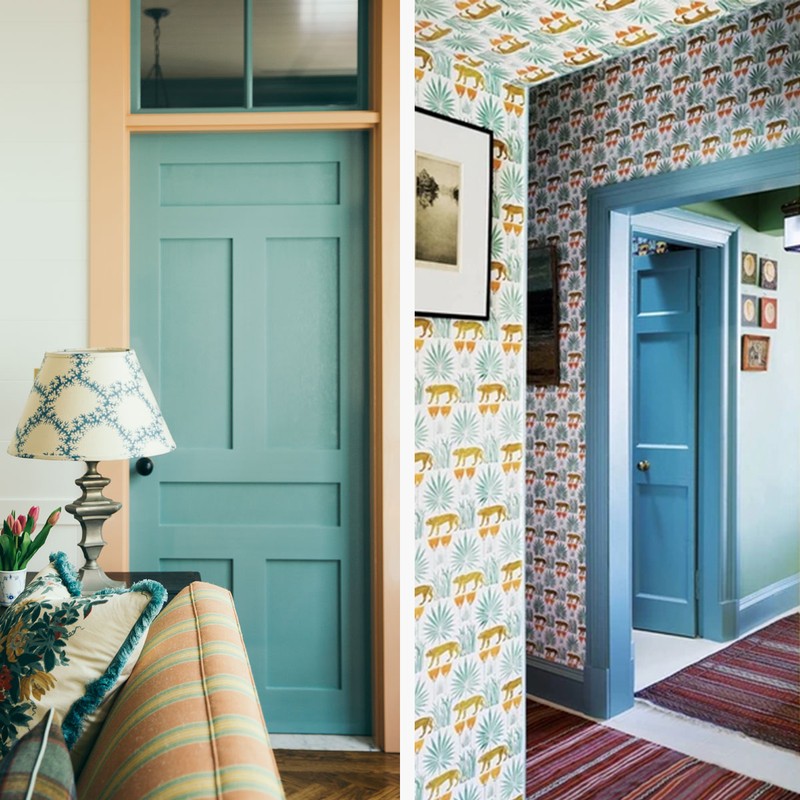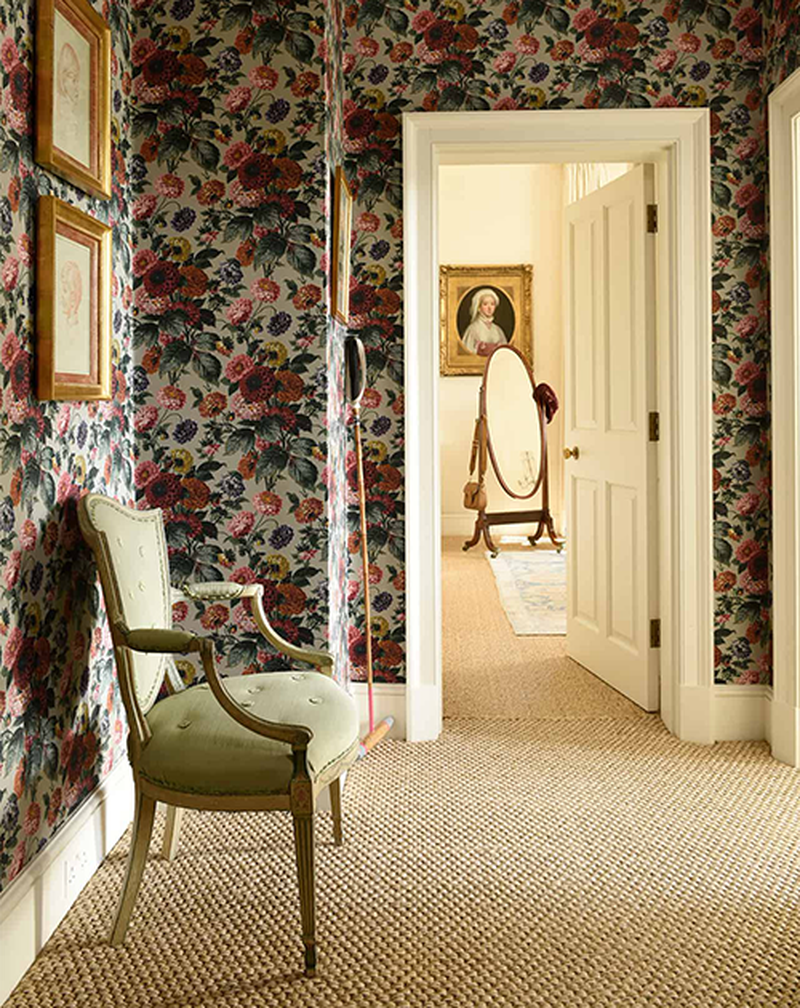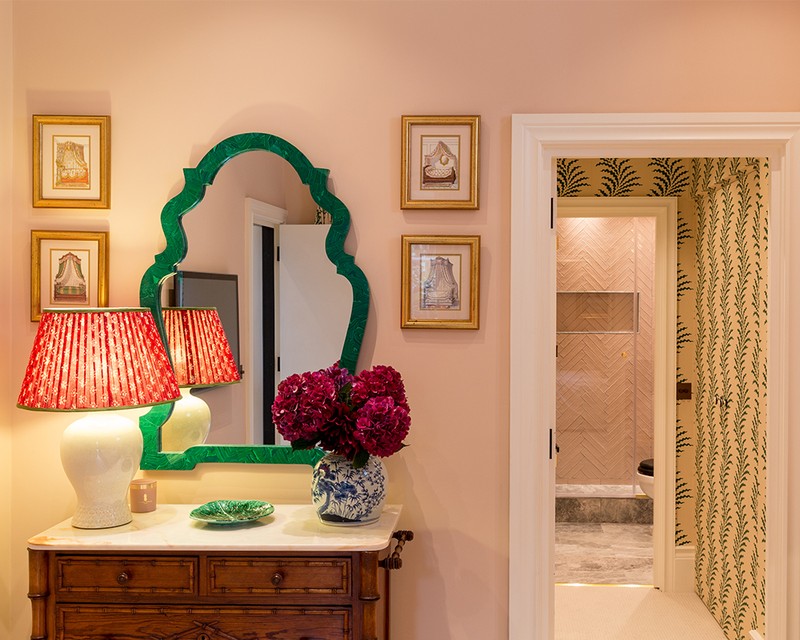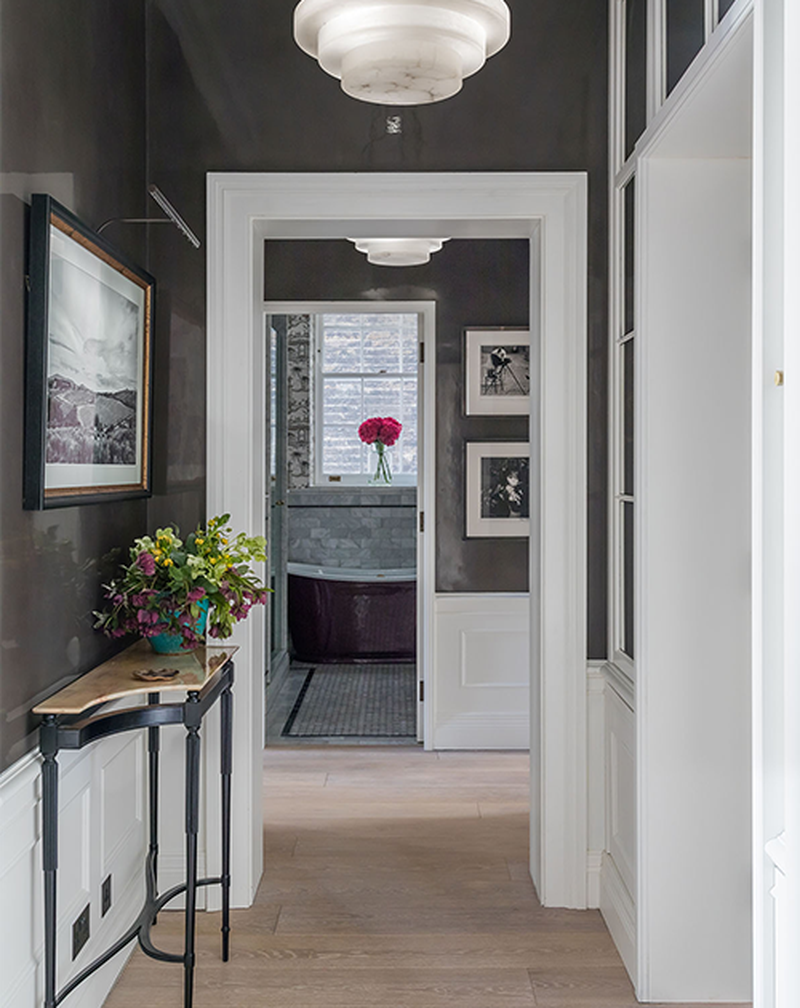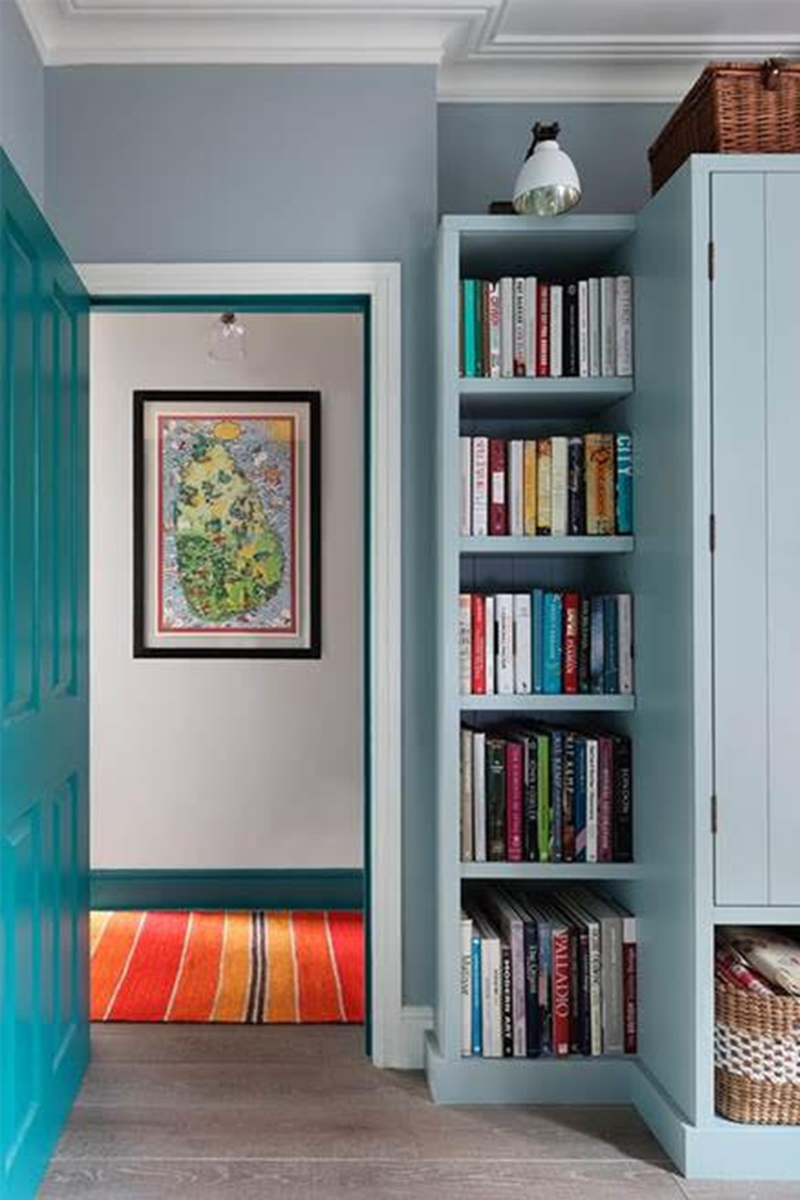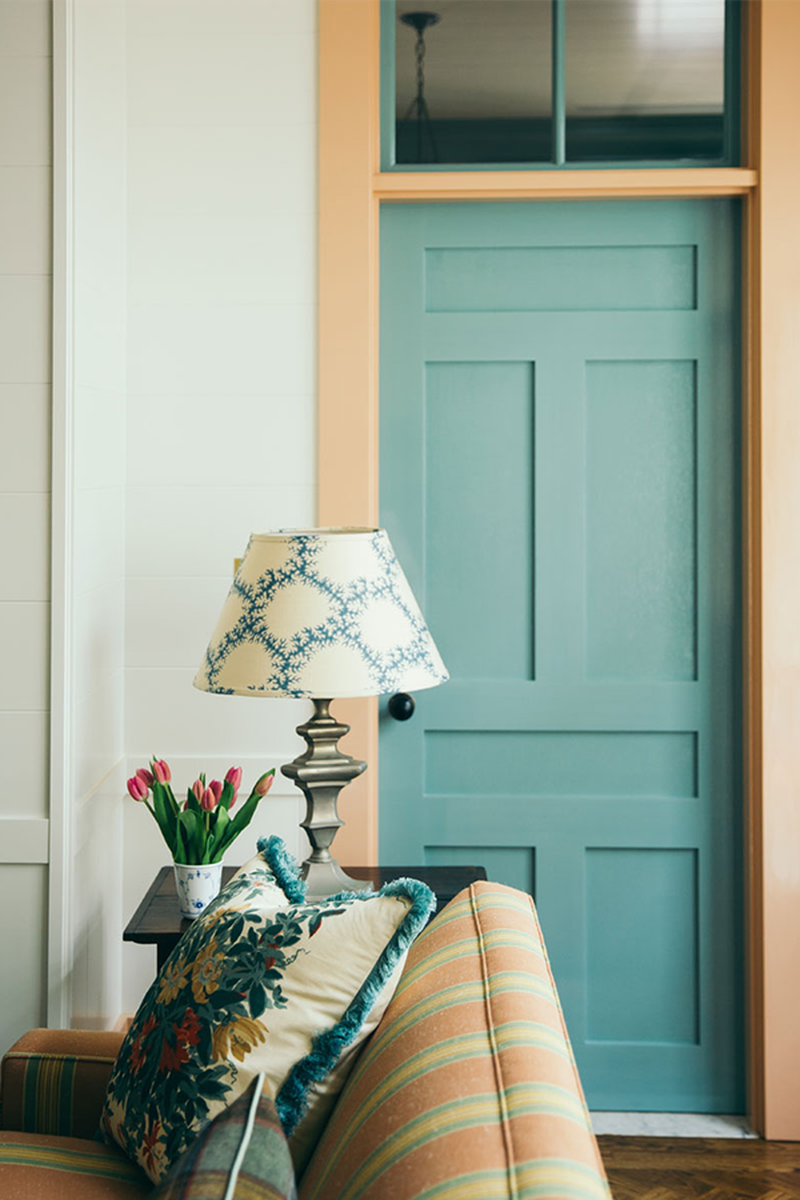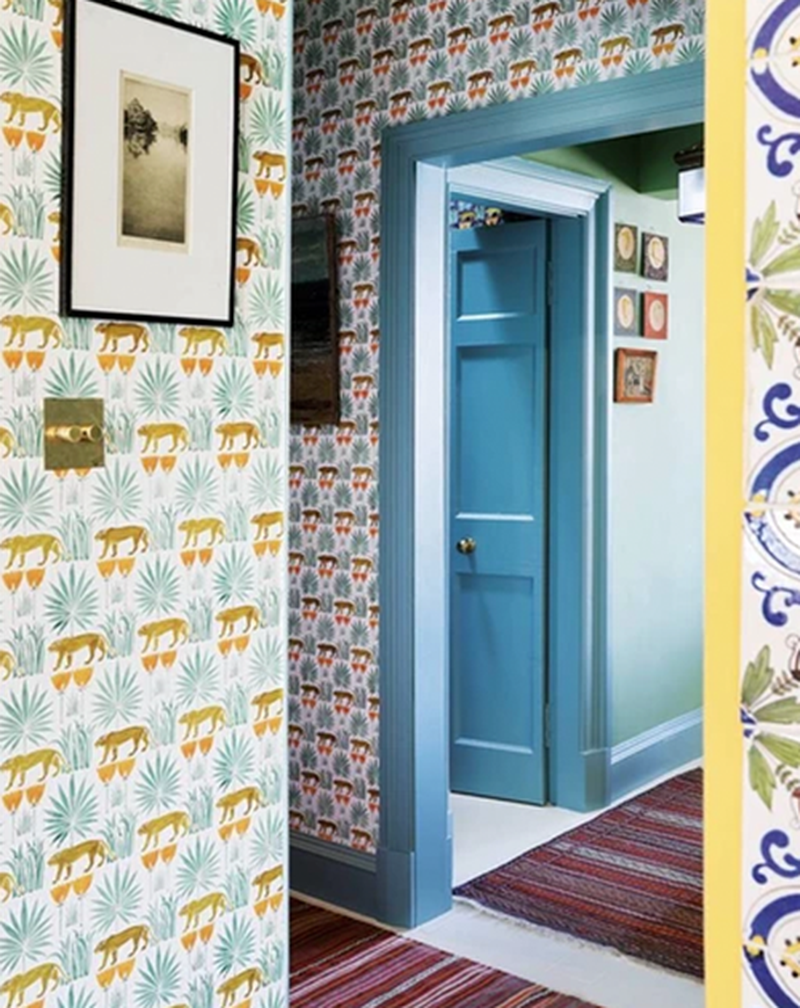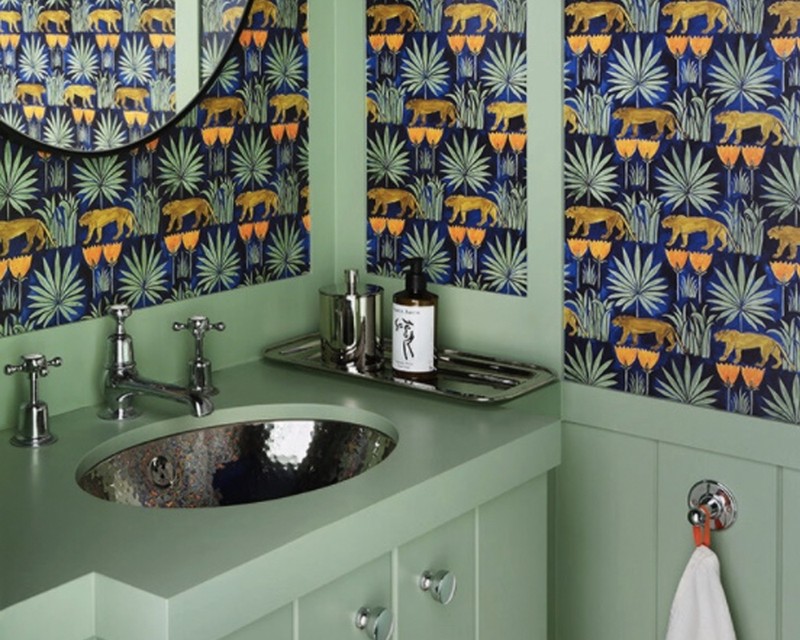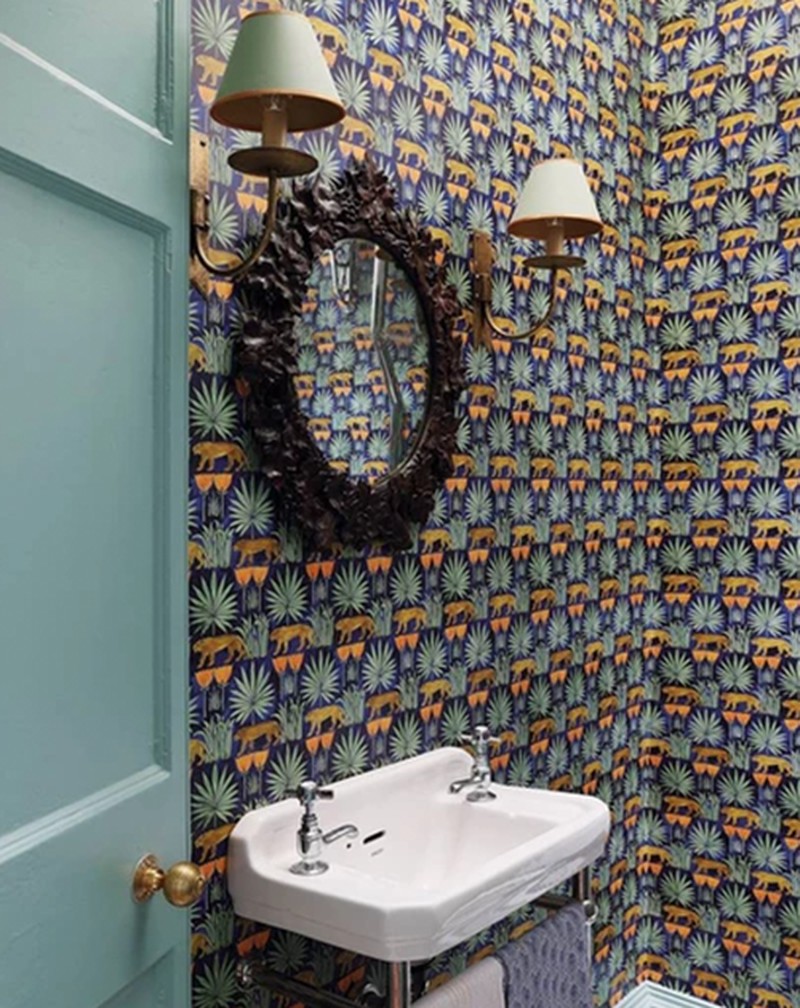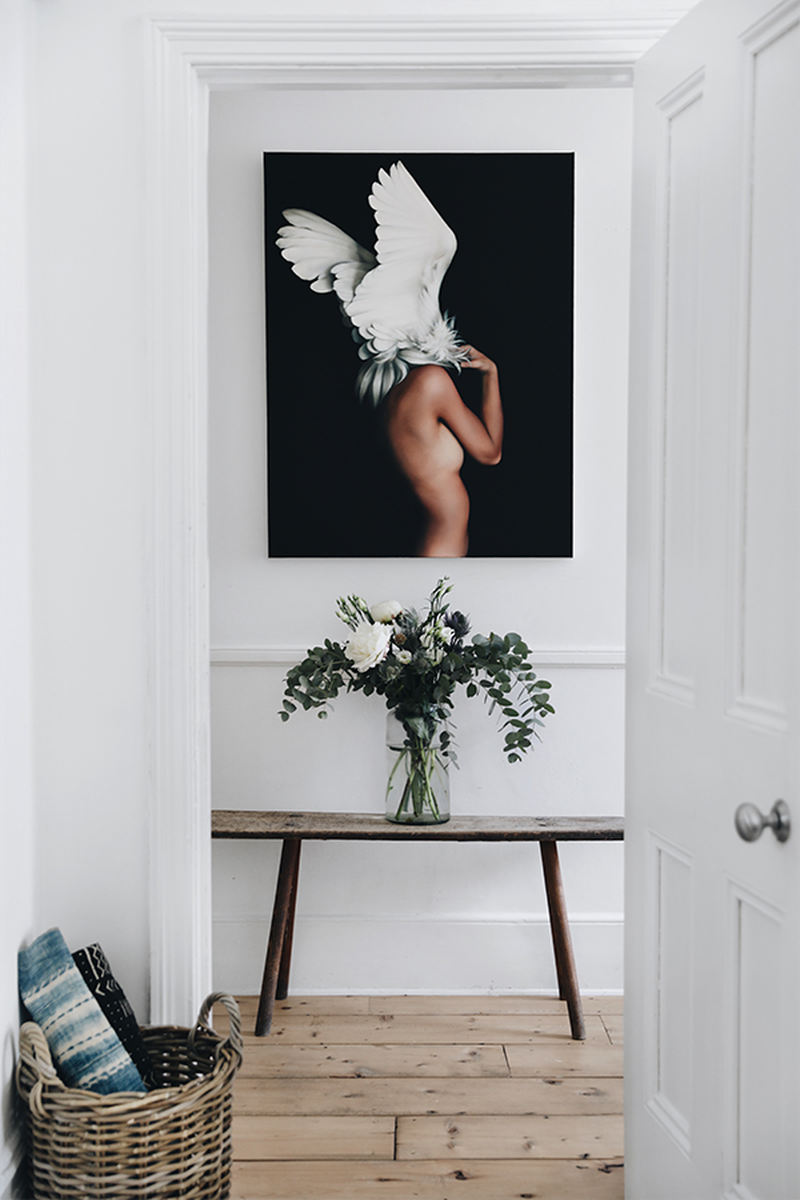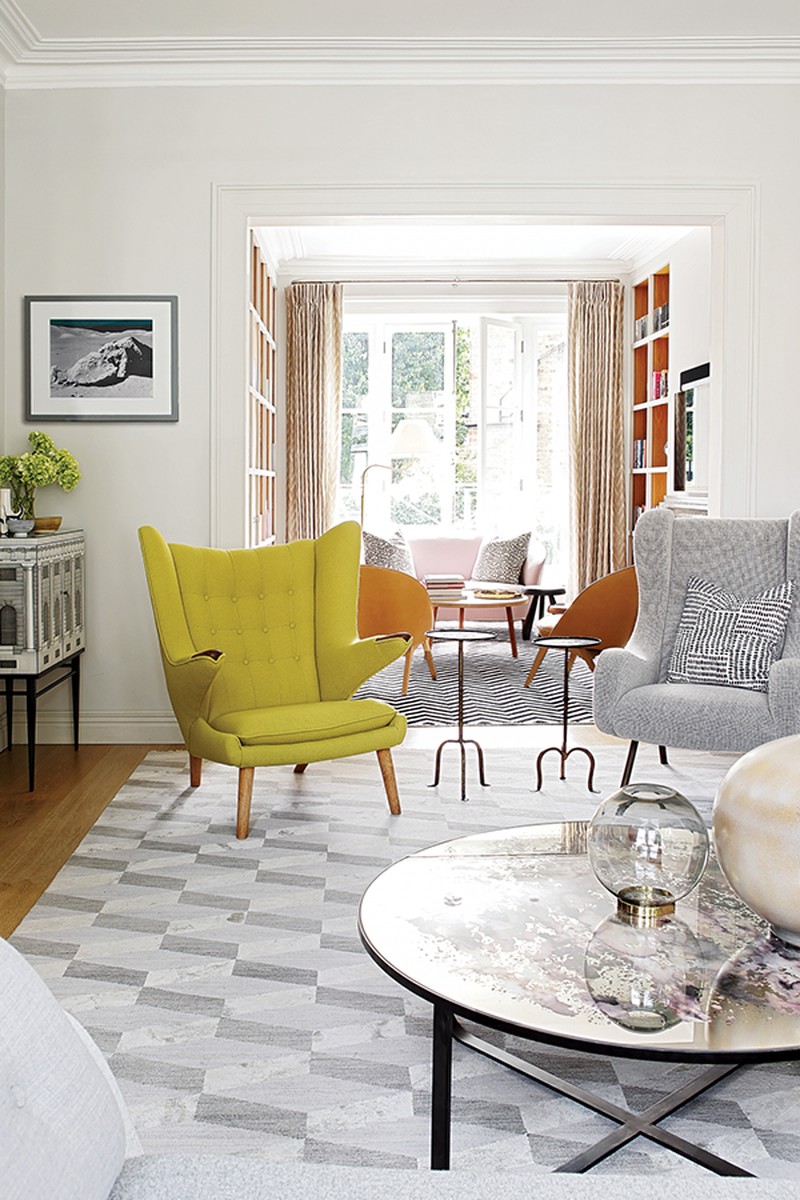What To Consider When Decorating Woodwork
Woodwork As A Neutral
“It always seems to be the most overlooked element of a room, and often treated as an afterthought,” says interior designer Katharine Paravicini. “The biggest mistake you can make is using ‘trade white’ from the back of a decorator’s van. You can use a shade of white, certainly, but it needs to be carefully chosen.” The secret, it seems, is to think about white from a tonal perspective – from deep greys to reddish hues. Interior designer Susan Deliss explains: “Greenish whites will be fresher, redder whites will add warmth and grey whites will be cooler. If you’re not sure, arm yourself with sample pots and paint different areas of the room to see which one works.”
Woodwork As A Feature
At the opposite end of the spectrum, you might like to make your woodwork a feature of the room, and pull it out using a contrasting colour. The acid yellow of Suzy Hoodless’ sitting room and the surprise of turquoise in Katharine’s playroom scheme show how woodwork can deliver a design punch. “Ask yourself, could I live with this? Would you like to come in to this room when you're tired, or hungover, or if it’s very sunny?” advises Susan. “Look at your property and ask yourself, does bright yellow suit your Georgian rectory?” As a general rule, the best paint to use on interior woodwork is oil-based eggshell – not only are they the most durable, they also give the best finish. On top, Katharine often uses a gloss for a deliberately reflective effect: “It can lighten the entire colour as it reflects natural light back in to the room.”
Woodwork As Part Of A Scheme
If you’ve gone bold on wallpaper, think carefully about how you treat your woodwork. “This look comes with a health warning,” agrees Susan. “Apply some samples, and introduce it gradually. Less is more and you want to do it incrementally.” Confused? Rather than noticing your wallpaper has teal in and painting the woodwork a matching colour, look at the tones of the instead – it's a particularly helpful approach when painting woodwork in a hallway with multiple rooms coming off it, all of which have different wall colours.
Woodwork That’s The Same As The Walls
Consider this your foolproof woodwork solution – and just be careful to get the original wall colour right in the first place. When you’re choosing a wall colour, go with the light in the room, Susan says. You won’t be able to make a dark room feel light by painting it a pale grey, while a room doused in sunlight won’t benefit from being dark navy. Once you’ve chosen the colour that works, a matching woodwork colour is both safe and stylish. “There are some brands that have graduated shades of one colour, such as Paint and Paper Library,” explains Katharine. “It allows you to paint the whole room the same colour, but add subtle layers by going slightly darker or lighter on the woodwork.” To an untrained eye, the difference is minimal, but it still adds depth and interest to a scheme.
The next time you're decorating – whether it's one room or the whole house – take the opportunity to rethink the woodwork. Instead of seeing it as an afterthought, use it to enhance a scheme or even define it. After all, if you make a mistake, all it needs is another coat of paint.
Visit SusanDeliss.com
Visit KatharineParavicini.co.uk
Visit PaintAndPaperLibrary.com
INSPIRATIOC CREDITS: Susan Deliss, Anna Spiro Design
DISCLAIMER: We endeavour to always credit the correct original source of every image we use. If you think a credit may be incorrect, please contact us at info@sheerluxe.com.
